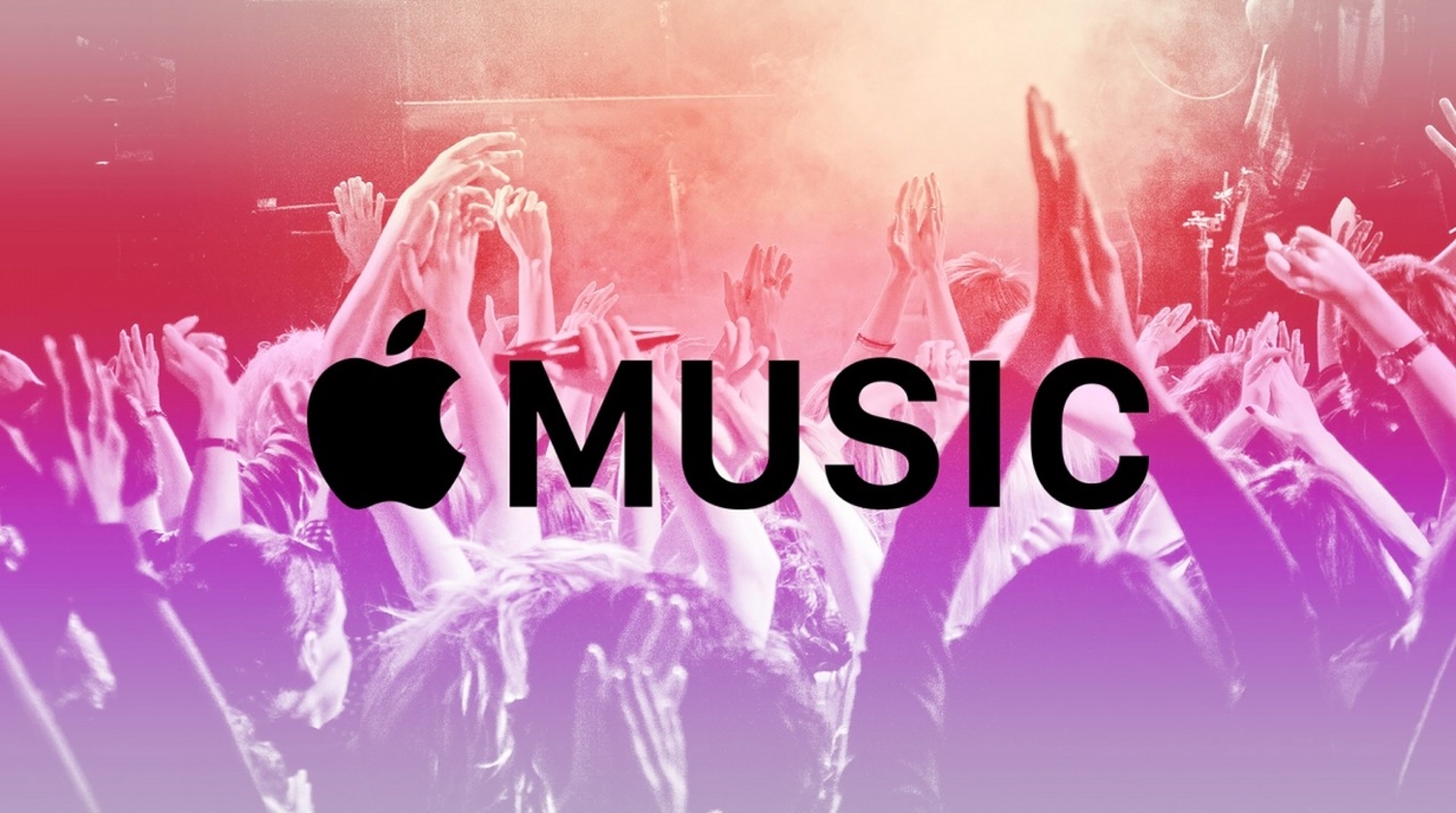John Voorhees, writing at MacStories:
Many of the statistics you’ll see as part of your latest Replay will be familiar, but there’s a new twist too. For the Replay 2022, Apple has added a Highlights Reel, which is a video of cards animating on and off-screen with highlights of the music you listened to in 2022. As the cards animate on and off your screen, the music that defined your year plays in the background. Replay’s highlights are only available on the web, and the Highlights Reel looks best on an iPhone, but it can be viewed in any web browser.
This is pretty cool and a big step up from what they had before. Being able to share the stats as images is nice, but I wish I could share the full reel, or a better “recap” of the entire year in one compact image. The closest is probably that last image in the reel. (They must not be counting anything listened to in your downloaded library, because there are two albums I played more than the one they have here, but both racked up a lot of plays as advances. Yet another reason I (and a few others) still use Last.fm.)
And, while I know I’m basically alone on this island, the year isn’t over so none of these count yet.







